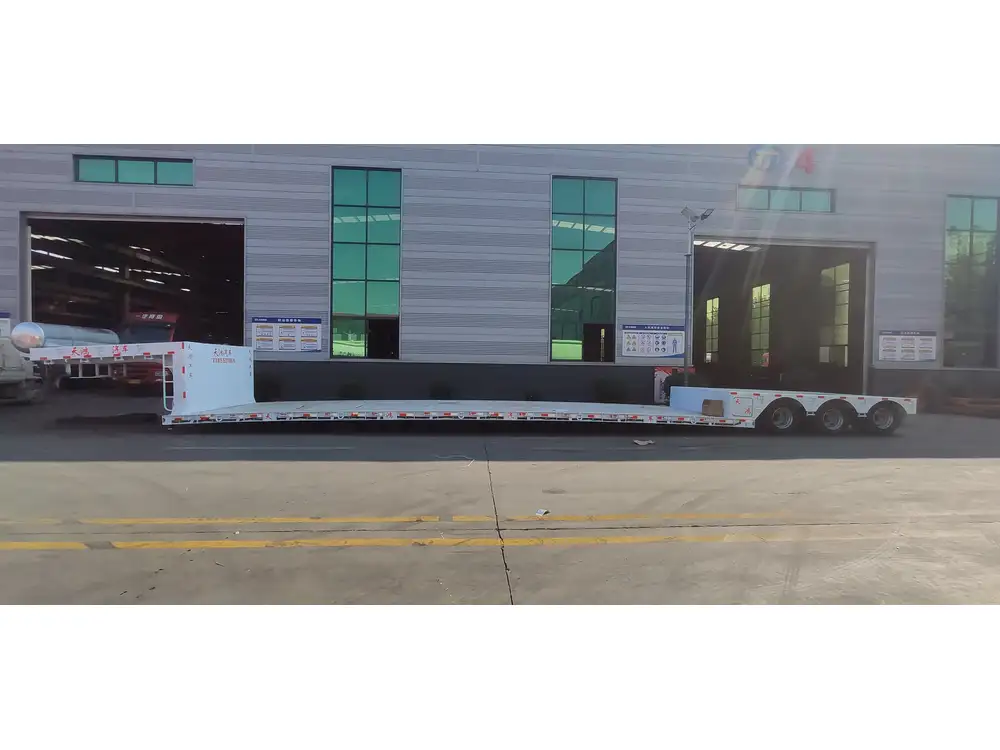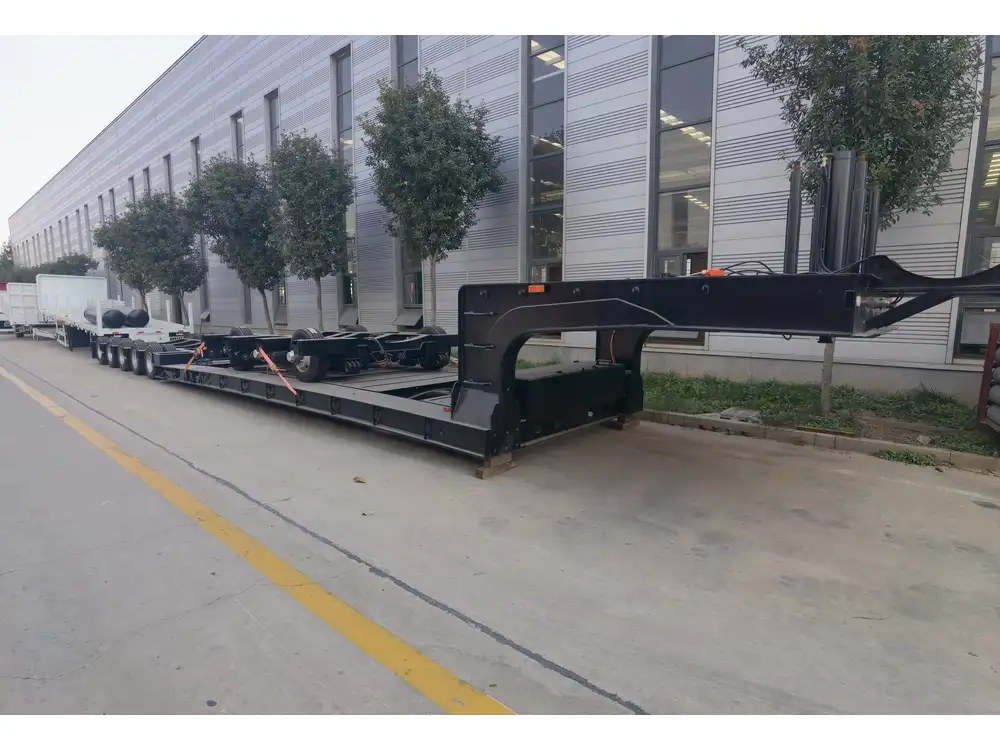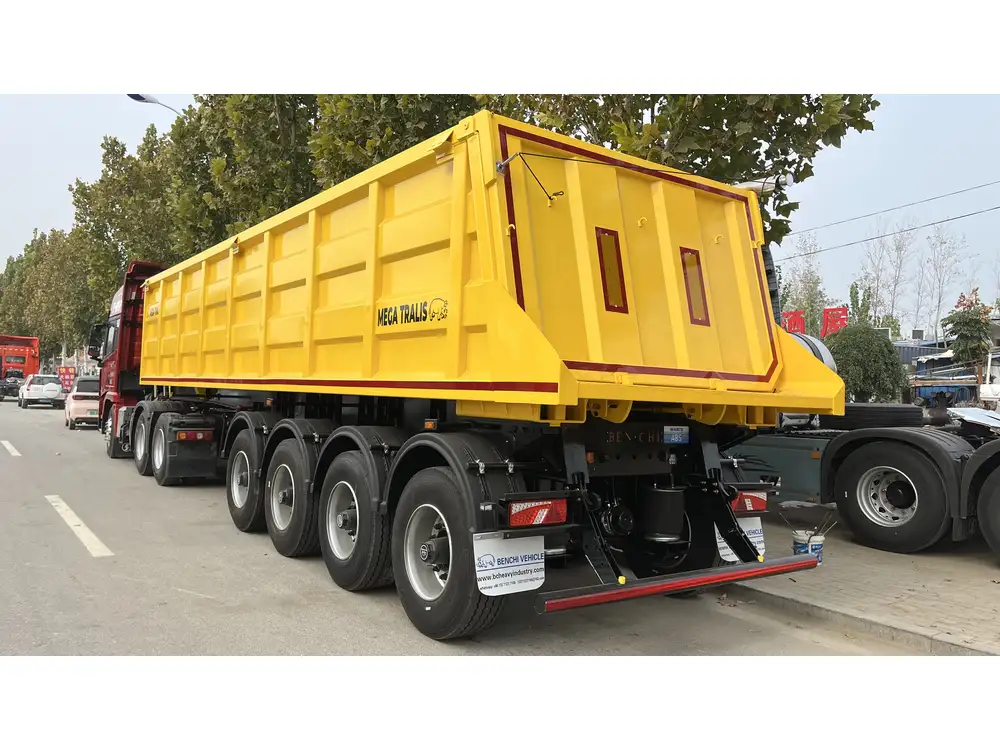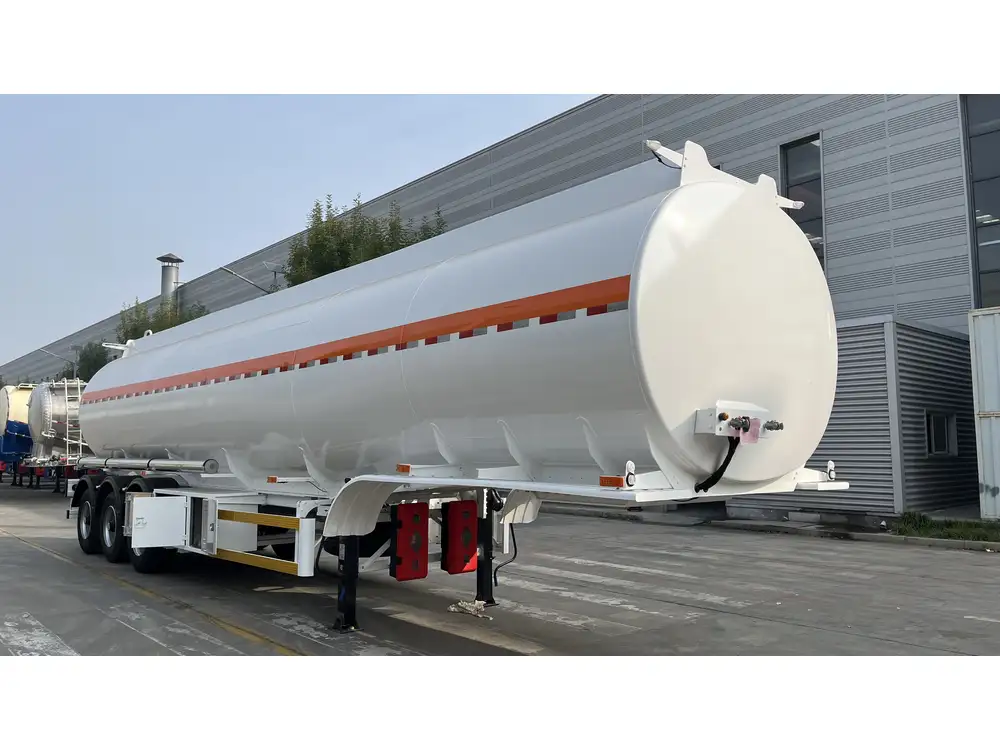Semi-trailers are the backbone of logistics and transportation, serving as essential assets for freight businesses worldwide. As we delve into the intricacies of semi-trailers, one question frequently arises: how tall is a semi-trailer inside? This inquiry goes beyond simple measurements, encapsulating various elements such as design standards, regulatory compliance, and operational efficiency. Understanding the internal height of semi-trailers provides valuable insights for manufacturers, transporters, and logistics planners alike.
Defining the Basics: What is a Semi-Trailer?
A semi-trailer is a trailer that does not have a front axle. It requires a truck tractor to tow it. This unique structure distinguishes semi-trailers from other types of trailers and is vital for maximizing load capacity and efficiency in freight transportation.
Key Components of a Semi-Trailer
- Chassis: The framework beneath the trailer that supports the load.
- Cargo Area: The space where freight is loaded, often enclosed by walls and a ceiling.
- Axles: The pivotal points that enable movement, typically fitted with tires.
- Fifth Wheel: The coupling device that connects the semi-trailer to the truck tractor.

Internal Height Specifications: Standard Measurements
The internal height of semi-trailers typically varies based on their design and intended use. However, several industry standards can help set benchmarks:
| Semi-Trailer Type | Typical Internal Height |
|---|---|
| Standard Dry Van | 110 – 120 inches (9.2 – 10 ft) |
| Reefer Trailers | 100 – 110 inches (8.3 – 9.2 ft) |
| Flatbed Trailers | N/A |
| Lowboy Trailers | 18 – 24 inches (1.5 – 2 ft) |
Specific Considerations for Freight Loading
- Transporting Palletized Goods: Those commonly use standard dry vans since they maximize vertical space for stacking.
- Refrigerated Freight: Reefer trailers often have a slightly lower internal height due to insulation and refrigeration systems.
- Special Loads: Certain unconventional loads may require flatbed or lowboy trailers, which are designed differently concerning height.
Regulatory Standards Impacting Height
The height of a semi-trailer is regulated by country and region to ensure safety and compliance with road conditions. In the United States, for instance, the Federal Highway Administration (FHWA) stipulates a maximum height limit of approximately 13.5 feet from the ground to the top of the cargo.

Compliance Considerations
- State-Specific Regulations: Different states may have varied height restrictions. It is crucial to check local laws when transport logistics involve crossing state lines.
- Bridge Clearance: Understanding the internal height is critical when navigating under bridges, as exceeding height limits can lead to accidents and costly damages.
Impact of Internal Height on Load & Efficiency
The internal height of a semi-trailer is pivotal in determining how much freight can be transported effectively. A higher interior space can significantly influence loading strategies and overall cargo volume.
Benefits of Higher Internal Heights
- Increased Volume Capacity: Higher trailers allow for stacking goods, which can lead to reduced shipping costs per unit.
- Versatility in Loading Options: Different types of goods, especially those requiring vertical stacking, can take advantage of greater heights.
- Operational Efficiency: Improved loading times and less handling due to the ability to accommodate more goods.

Limitations to Consider
- Weight Distribution: Even with higher internal heights, it is vital to distribute weight evenly to maintain stability and adhere to regulations.
- Accessibility Issues: Higher trailers may present challenges in higher loading docks and restrict their use in certain facilities.
Cargo Loading Techniques Based on Height
When it comes to maximizing the benefits of the internal height of semi-trailers, various loading techniques can be employed. Understanding these methods leads to acceptable loading practices within given height regulations.
Loading Manifests
- Pallet Stacking: Use of pallets to optimize space, allowing for more goods to be stacked vertically within regulatory height.
- Removable Ramps: Implementing ramps for easy loading can enhance accessibility for taller trucks.

Best Practices for Cargo Arrangement
- Weight Distribution Plans: Strategically place heavier items on the bottom to maintain stability.
- Utilization of Load Bars: Installing load bars prevents cargo movement during transit, especially in higher trailer formats.
The Future of Semi-Trailers and Trends in Height Optimization
As technology evolves, so does the design of semi-trailers. Innovations in materials and structural engineering promise to change the game regarding the efficiency of dimensions, including internal height.
Innovations to Watch
- Lightweight Materials: The use of advanced composites could lead to increases in internal height without escalating weight.
- Adaptable Designs: Emerging semi-trailer designs may feature adjustable height, allowing operators to configure space based on specific loads.
- Smart Trailers: Integration with IoT will allow for real-time monitoring of load conditions, optimizing height and weight distribution as required.

Conclusion: Making Informed Decisions Based on Internal Height
Understanding the intricacies surrounding the internal height of semi-trailers is crucial for maximizing their utility in transportation logistics. For manufacturers, it informs design choices; for operators, it influences loading practices and regulatory compliance. As the industry evolves, stakeholders must adapt to changes and leverage new technologies to enhance productivity and safety.
Final Thoughts
As a manufacturer of semi-trailers, staying attuned to industry standards and consumer needs regarding internal height specifications can significantly enhance market competitiveness. By employing innovative practices, the future of semi-trailer manufacturing promises to be robust, providing more efficient and height-optimized solutions for the ever-demanding logistics industry.
This comprehensive exploration of semi-trailer internal heights does not merely satisfy basic curiosity; it allows businesses to make well-informed decisions regarding their logistics and operations, ensuring higher efficiency and effective compliance in transportation processes.



